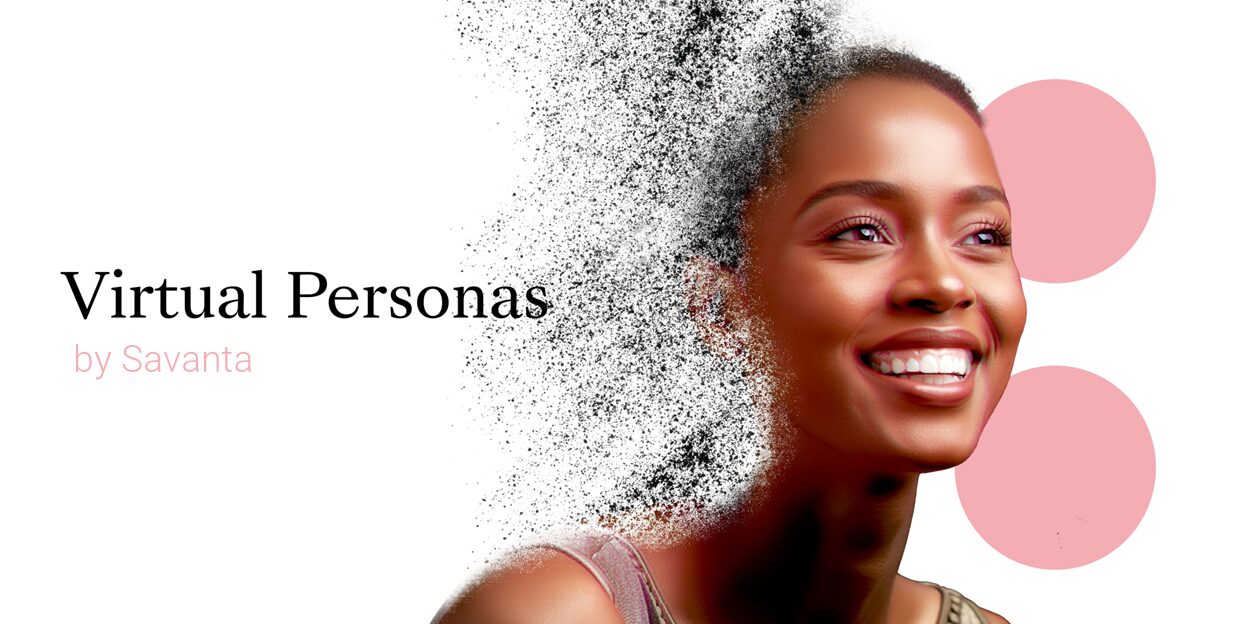

Our latest Consumer Compass Europe report is here. Check out the key findings below.
01 Consumer confidence: caution remains in the face of uncertainty
Whilst we continue to see some gradual improvements in overall confidence, the economic challenges of 2022 and 2023 have left a residual mark on the consumer mindset with many remaining highly cautious.
This quarter saw a significant decrease in the number of consumers falling into our ‘Suffering’ and ‘Squeezed’ resilience groups, indicating fewer feel constricted by fiscal challenges. However, the number of ‘Insulated’ consumers who feel unaffected by such challenges remains unchanged resulting in a significant increase in the number of ‘Cautious’ consumers (+3%). Hence it is clear that whilst inflationary pressures are easing, consumers in general are not quite ready to spend widely as they know all too well how quickly things can change.
There are some market nuances to consider – on the positive end of the spectrum, Italy (+5) and Germany (+4) have seen some uplift in consumer confidence, whilst all other markets remain stable (ranging from +2 to -1 vs. Q2 2024). France remains in a challenging position, as whilst overall sentiment remains stable, there has been a significant decline in economic confidence responding to ongoing political uncertainty following the election in early Q3.
So what? Brands looking to grow should remain mindful of the overarching caution in the minds of consumers and ensure that they are able to clearly articulate the role they can play for consumers in this ‘new normal’
02 Spending habits: consumers continue to show restraint
In reflection of the caution observed in confidence measures, spending remains stubbornly flat, specifically when we look at non-essential spend. The impact of inflation on non-essential sectors has seen declines over time yet claimed spend has not risen in line with this. As a result, the majority of sectors are categorised as ‘deprioritised’.
Generationally Gen Z are spending most, increasing spend most for holidays and fashion (though their spending is not limited to these sectors). This generation place less emphasis on price when buying products and services but view a brand’s ethics and values as more important versus other generations. This highlights the importance of brand authenticity when trying to capture this audience.
So what? Brand strategies should be mindful of the ongoing restrictions on household budgets and clearly articulate the value they can bring to the lives of diverse consumer groups
03 Health & wellbeing: credibility is key
The health & wellbeing space continues to expand and is no longer exclusive to professional healthcare organisations and services, but brands breaking into this space are still faced with some hesitancy. The majority of consumers still favour traditional sources of health advice, as most (53%) would seek advice from a doctor or healthcare professional. But there is some openness to non-traditional sources as a quarter claim they would be likely to seek advice from a consumer brand – notably this is highest amongst Gen Z (45%).
Nonetheless, credibility is crucial to capturing your audience when playing in the health & wellbeing market. Price, as ever, remains the biggest purchase driver for health & wellbeing products, but second to this comes recommendations from healthcare professionals – this is particularly pertinent amongst Baby Boomers. Gen Z also place great weight on online reviews and ratings, and overall brand reputation.
So what? When trying to market health & wellbeing products & services, communicating messages to drive credibility should be at the forefront of all strategies







